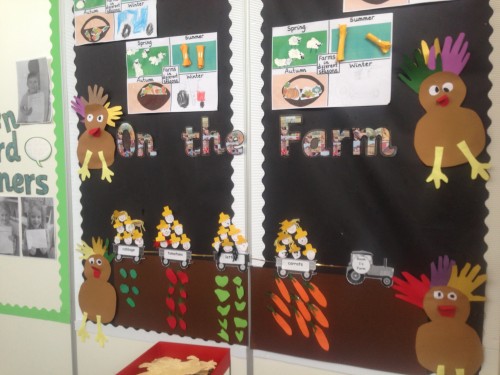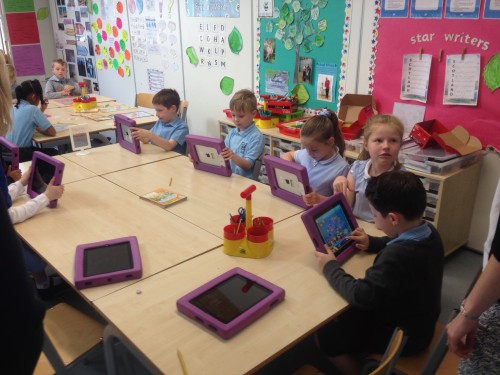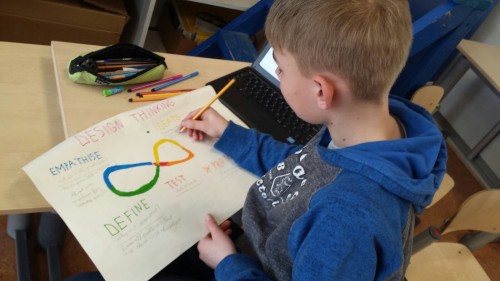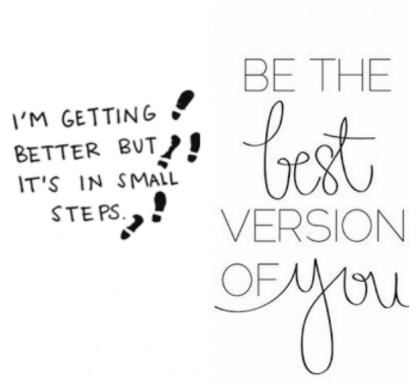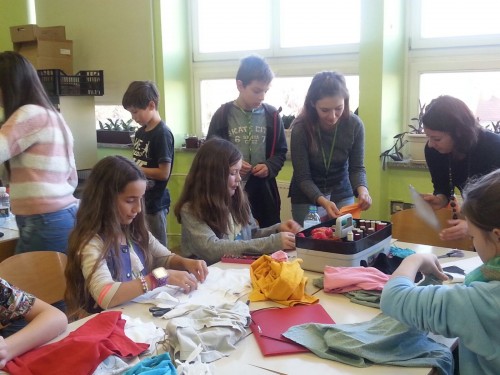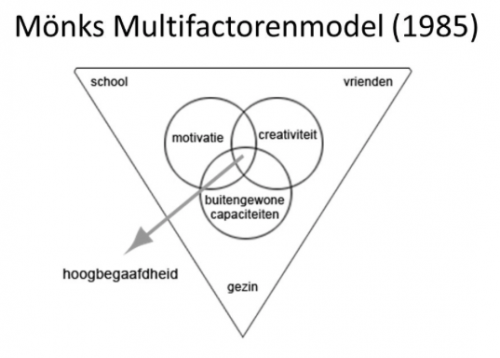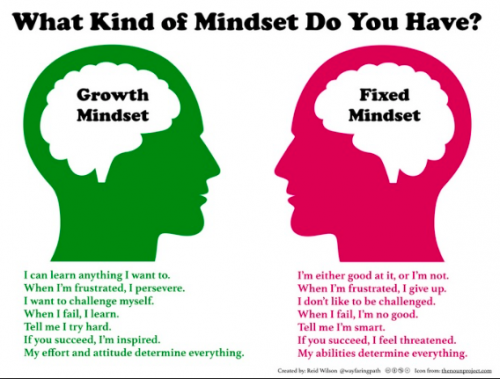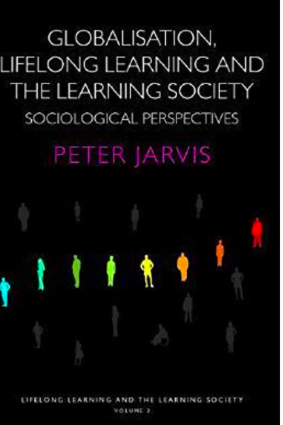A holistic development of children
A holist approach pays attention to children's physical, personal, social, emotional and spiritual wellbeing as well as cognitive aspects of learning. Children's learning can be seen as integrated and interconnected, even if an educator may plan or assess with a focus on particular outcome of component of learning. Educators should recognise the connections between children, families and communities and the importance of reciprocal relationships and partnerships for learning. Learning should be considered as a social activity. Therefore collaborative learning is important as well as being involved in community participation.
An integrated, holistic approach to teaching and learning also focuses on connections to the natural world. Educators should foster children's capacity to understand and respect the natural environment and the interdependance between people, plants, animals and the land (DEEWR, 2009)
A holistic approach prevents the development of risk behaviour and underachievement. It encourages children to explore all their intelligences and capacities and to see the world in all his wholeness.
For the educator a holistic approach includes recognising and identifying, teaching, counseling, supporting, challenging, encouraging and including children in their development.
A holistic approach supports intellectual, social and emotional development of the children.
A holistic approach in the toolkit
For observation, identification and fostering young children's abilities much emphasis is laid on the intelligence theories of Gardner and Bloom and handsome tools are developed based on the multiple intelligences. Pedagogical workers in Kindergartens and first grades of primary schools can use these tools for a differentiated and connected approach.
